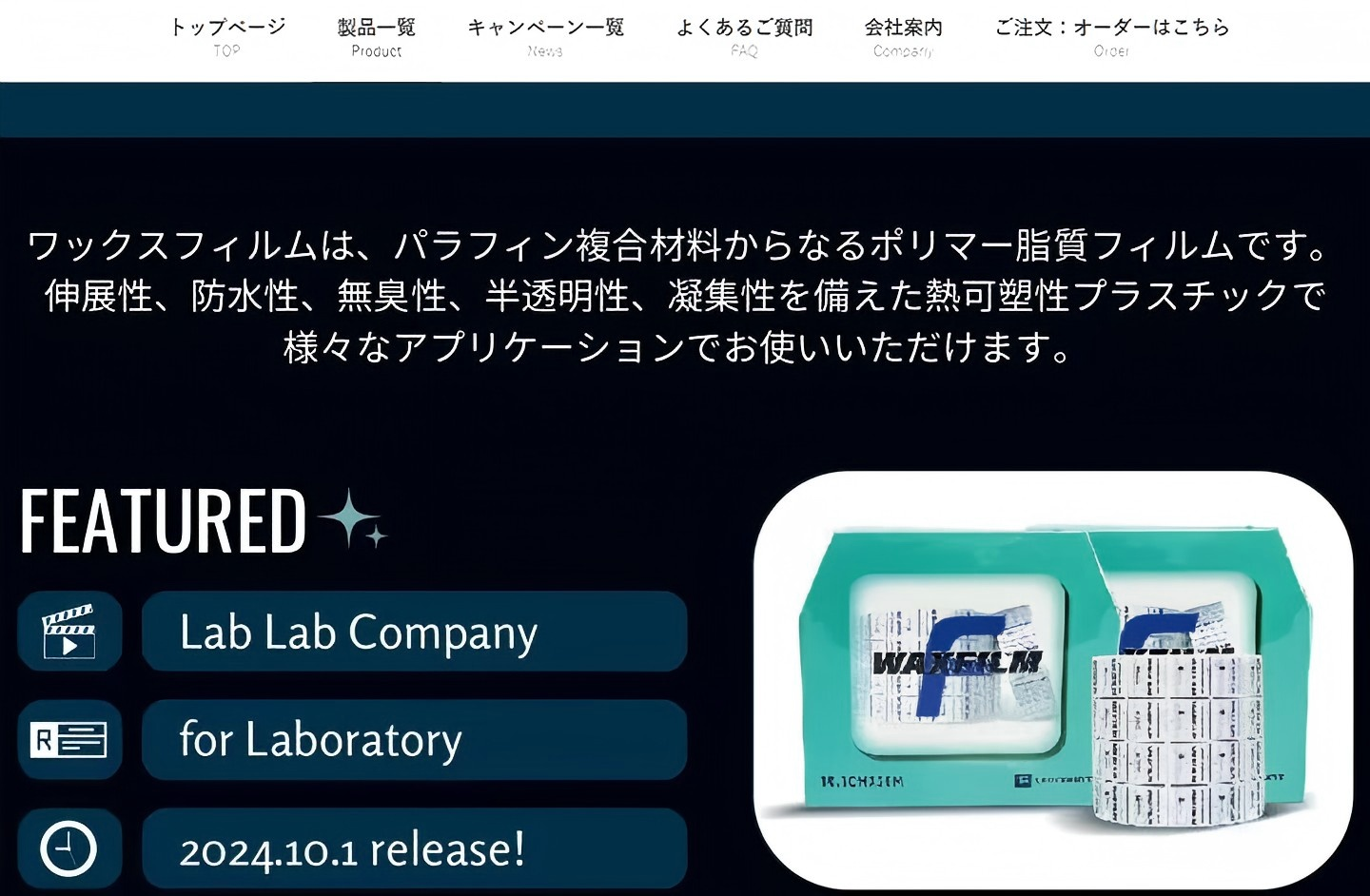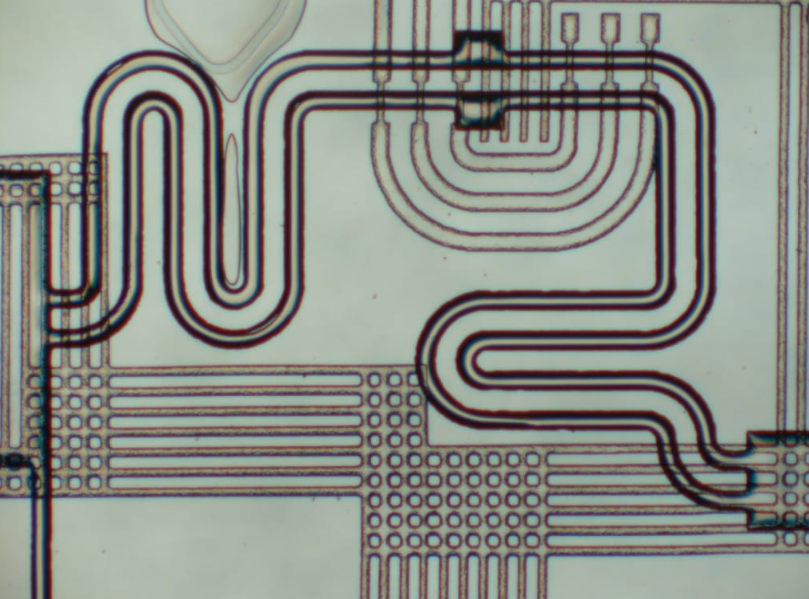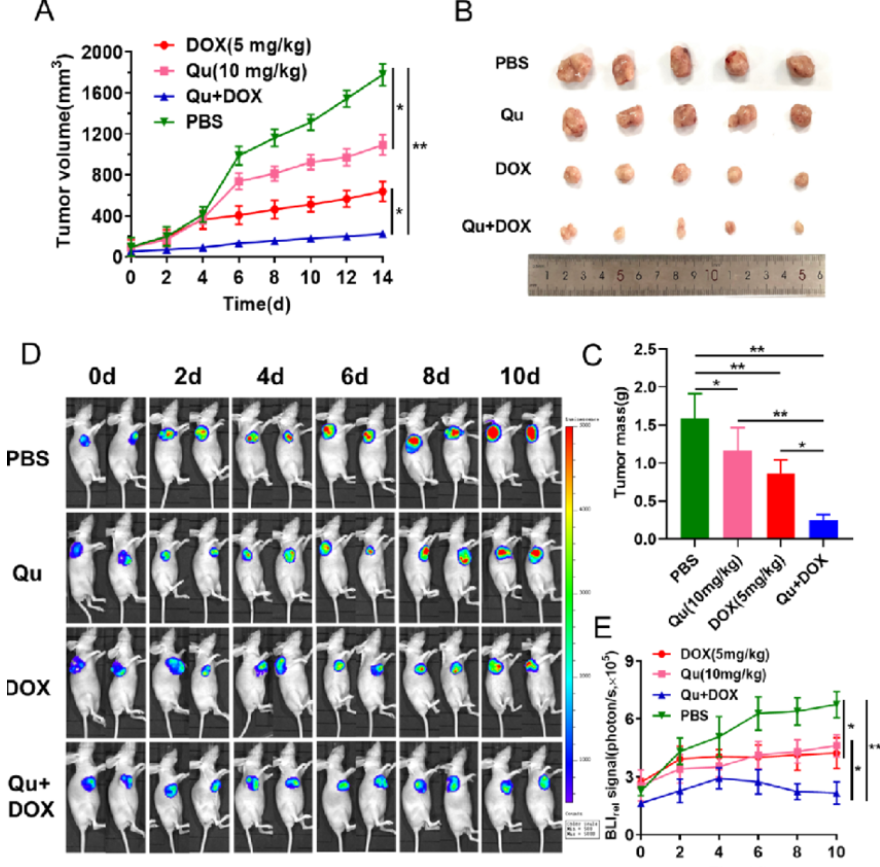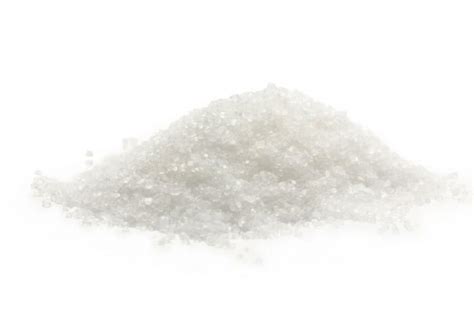
-
BRL-42715
- names:
BRL-42715
- CAS号:
102209-75-6
MDL Number: - MF(分子式): C10H7N4NaO3S MW(分子量): 286.24
- EINECS: Reaxys Number:
- Pubchem ID:23705463 Brand:BIOFOUNT
| 货品编码 | 规格 | 纯度 | 价格 (¥) | 现价(¥) | 特价(¥) | 库存描述 | 数量 | 总计 (¥) |
|---|---|---|---|---|---|---|---|---|
| YZM000400-100mg | 100mg | >97% | ¥ 0.00 | ¥ 0.00 | 2-3天 | ¥ 0.00 |
| 中文别名 | BRL-42715(102209-75-6),Brl-42715,Brl42715,Brl 42715 |
| 英文别名 | BRL-42715(102209-75-6),Brl-42715,Brl42715,Brl 42715 |
| CAS号 | 102209-75-6 |
| Inchi | InChI=1S/C10H8N4O3S.Na/c1-13-3-5(11-12-13)2-6-8(15)14-7(10(16)17)4-18-9(6)14;/h2-4,9H,1H3,(H,16,17);/q;+1/p-1/b6-2+;/t9-;/m1./s1 |
| InchiKey | OMJBLZMKGVWHQP-MPXWGJQKSA-M |
| 分子式 Formula | C10H7N4NaO3S |
| 分子量 Molecular Weight | 286.24 |
| 溶解度Solubility | |
| 性状 | Solid |
| 储藏条件 Storage conditions | 请根据产品建议的存储条件进行存储,Please store the product under the recommended condition sin the description. |
1.实验前需戴好防护眼镜,穿戴防护服和口罩,佩戴手套,避免与皮肤接触。
2.实验过程中如遇到有毒或者刺激性物质及有害物质产生,必要时实验操作需要手套箱内完成以免对实验人员造成伤害
3.实验后产生的废弃物需分类存储,并交于专业生物废气物处理公司处理,以免造成环境污染Experimental considerations:
1. Wear protective glasses, protective clothing and masks, gloves, and avoid contact with the skin during the experiment.
2. The waste generated after the experiment needs to be stored separately, and handed over to a professional biological waste gas treatment company to avoid environmental pollution.
Tag:BRL-42715蒸汽压,BRL-42715合成,BRL-42715标准,BRL-42715应用,BRL-42715合成,BRL-42715沸点,BRL-42715闪点,BRL-42715用途,BRL-42715溶解度,BRL-42715价格,BRL-42715作用,BRL-42715结构式,BRL-42715用处
| 产品说明 | BRL-42715 (102209-75-6)是一种有效的广泛的细菌β-内酰胺酶的有效的抑制剂 |
| Introduction | BRL-42715 (102209-75-6) is a potent inhibitor of a broad range of bacterialbetaactamases (βactamase). |
| Application1 | |
| Application2 | |
| Application3 |
| 警示图 | |
| 危险性 | warning |
| 危险性警示 | Not available |
| 安全声明 | H303吞入可能有害+H313皮肤接触可能有害+H2413吸入可能对身体有害 |
| 安全防护 | P264处理后彻底清洗+P280戴防护手套/穿防护服/戴防护眼罩/戴防护面具+P305如果进入眼睛+P351用水小心冲洗几分钟+P338取出隐形眼镜(如果有)并且易于操作,继续冲洗+P337如果眼睛刺激持续+P2393获得医疗建议/护理 |
| 备注 | 实验过程中防止吸入、食入,做好安全防护 |
| Susceptibility of Escherichia coli isolates with TEM-1 beta-lactamase to combinations of BRL42715, tazobactam or clavulanate with piperacillin or amoxycillin PMID 1669013; The Journal of antimicrobial |
| In-vitro evaluation of the four beta-lactamase inhibitors: BRL42715, clavulanic acid, sulbactam, and tazobactam PMID 8262864; The Journal of antimicrobial chemotherapy 1993 Sep; 32(3):421-9 Name match |
| SYN-1012: a new beta-lactamase inhibitor of penem skeleton PMID 9186563; The Journal of antibiotics 1997 Apr; 50(4):350-6 Name matches: clavulanate; clavulanic acid brl-42715 |
| Evolution of beta-lactamase inhibitors PMID 2041830; Pharmacotherapy 1991; 11(2 ( Pt 2)):37S-39S Name matches: sulbactam brl-42715 |
| Outer membrane permeability of beta-lactamase inhibitors in Pseudomonas aeruginosa PMID 7607408; FEMS microbiology letters 1995 Jun; 129(2-3):251-4 Name matches: beta-lactamase brl42715 |
Abstract:The β-lactamases of seven strains ofAeromonas salmonicida subsp.achromogenes resistant to amoxicillin (MIC>1024 mg/l) and responsible for furunculosis in farmed Atlantic salmon in Scotland were examined to establish the mechanisms of β-lactam resistance. Separation of a cell-free extract on an isoelectric focusing gel stained with the chromogenic cephalosporin nitrocefin showed the presence of two β-lactamases, one with a pI of 7.9 and the other with a pI of 6.0. Hydrolysis assays of cell-free extracts of these strains demonstrated carbapenemase, penicillinase and cephalosporinase activity. However, when the β-lactamases were separated by anion exchange chromatography, the carbapenemase activity could not be retrieved in either of the peak fractions containing the separated enzymes that had been visualised by nitrocefin. Consequently, a novel carbapenemase was discovered which cannot be detected with nitrocefin.
2.Lack of additive effect between mechanisms of resistance to carbapenems and other beta-lactam agents inPseudomonas aeruginosa European Journal of Clinical Microbiology and Infectious Diseases 1995
Abstract:Eighty-nine clinical isolates resistant (n=61) or susceptible (n=28) to imipenem and exhibiting the main patterns of susceptibility to other β-lactam agents (wild type pattern, penicillinase pattern, constitutive cephalosporinase pattern) were studied in order to investigate (i) the mechanism of resistance involved and (ii) whether resistance to carbapenems affects the level of resistance to other β-lactam agents and, conversely, if resistance to other β-lactam agents affects the level of resistance to carbapenems. For this purpose, the presence of OprD protein in the cell wall was detected by Western blot and β-lactamase activity by spectrophotometric assay and isoelectric focusing. OprD expression was not detectable in the imipenem-resistant (MIC≥16 μg/ml) strains. It was decreased in half the strains for which MICs of imipenem were 2 to 8 μg/ml and was close to a normal level in the most susceptible strains (MIC ≤1 μg/ml), thus demonstrating a direct correlation between the level of susceptibility to imipenem and the level of OprD expression. No imipenemase activity was detected in imipenem-resistant strains. Synergy between imipenem or meropenem and BRL42715 was observed for all of the strains, demonstrating the role of cephalosporinase in carbapenem resistance. Within each pattern of susceptibility, the mean MICs of β-lactam agents other than carbapenems were similar, whether the strains were susceptible or resistant to imipenem. Conversely, the mean MICs of imipenem or meropenem for either the imipenem-resistant or the imipenem-susceptible strains were similar, regardless of the susceptibility of these strains to the other β-lactam agents. Thus, when several mechanisms of resistance to β-lactam agents are present in the same strain ofPseudomonas aeruginosa, there is no additive effect between these mechanisms.
3.Synthesis of 6-exomethylenepenams as β-lactamase inhibitors Archives of Pharmacal Research 1999
Abstract:The 6,6-dibromopenam (6) was treated with CH3MgBr and carbaldehyde5 to afford the hydroxy compound7, which was reacted with acetic anhydride to give acetoxy compound8. The deacetobromination of8 with zinc and acetic acid gave 6-exomethylenepenams,E-isomer10 andZ-isomer9, which was oxidized to sulfone11 bym-CPBA. Thep-methoxybenzyl compounds were deprotected by AlCl3 and neutralized to give the sodium salts12, 13 and14.
- 相关产品
-
< >
- 推荐产品
-
< >
- 最新产品
-
< >
新闻

怎么做细胞爬片免疫组化染色实验
细胞爬片免疫组化染色,是通过细胞爬片是让玻片浸在细胞培养基内,细胞在玻片上生长,主要用于组织学,免疫组织化学...
2020/7/20 22:04:33

提取病毒RNA的实验方法
提取病毒RNA方法分别有:异硫氰酸胍的提取病毒RNA方法、TRIzol LS提取法、Trizol法提取法等等...
2020/7/22 20:29:26

9月开学季——助研新学期 范德送好礼
2025/8/28 15:30:55

Waxfilm 实验室封口膜:技术与国际市场的双重突破
在实验室耗材领域,封口膜是保障实验准确性与稳定性的关键产品之一。近年来,Waxfilm?实验室封口膜凭借其卓...
2025/5/13 13:03:40

Waxfilm实验室封口膜的5大突破
Waxfilm实验室封口膜作为生物功能膜领域的国产技术突破和品牌突破,是生物领域中国技术发展的缩影。
2025/5/6 17:02:07

各种微流控芯片键合方法的优缺点
微流控芯片键合:目前主要有激光焊接、热压键合、胶键合、超音波焊接,每种方法都有各自的优缺点。本文主要介绍聚酯...
2023/7/28 10:43:09

新一代微流控键合解决方案
微流控键合解决方案:微流控芯片制造的一个重要环节,也是最容易被忽视的--芯片键合。其中一个重要因素是:微流控...
2023/7/27 12:44:28

荧光素钾盐使用说明
D-荧光素钾盐(K+)设计用于体外和体内生物发光测定。D-荧光素的质量和纯度对于获得良好和可重复的结果至关重...
2023/7/20 11:05:11

如何选BSA(牛血清白蛋白)
如何选BSA(牛血清白蛋白):牛血清白蛋白(BSA)有多种形式,如何选择适合自己的牛血清白蛋白(BSA)是一...
2023/2/14 13:09:18

牛血清白蛋白(BSA)常见问题
牛血清白蛋白(BSA)常见问题:牛血清白蛋白(BSA)在实验室中是通用的,可用于蛋白质印迹、细胞组织培养、P...
2022/10/19 9:39:51




 购物车
购物车 



